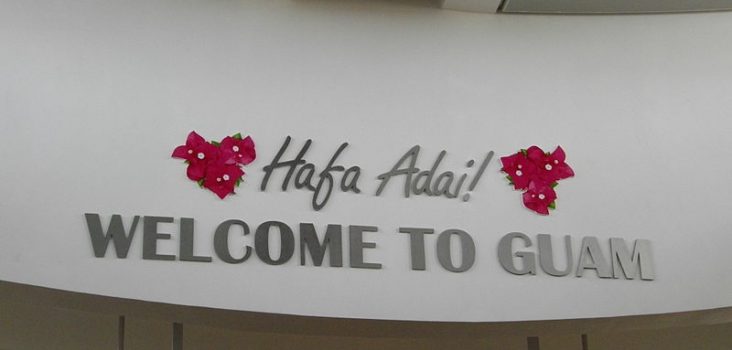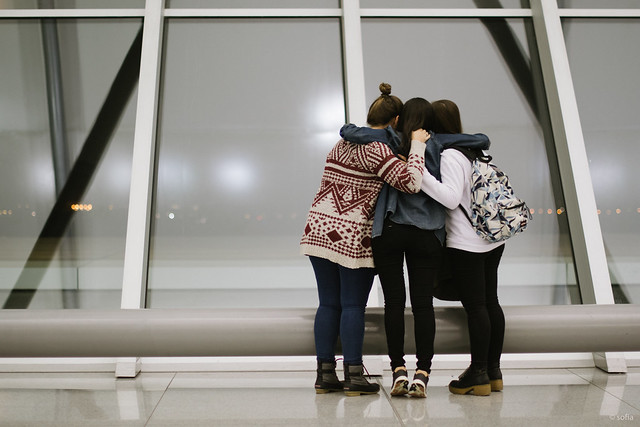How to say “You’re Welcome” in Chamorro

When someone thanks you in Chamorro, you can oblige them with a reply. The typical way to do this in most languages is to say something equivalent to “you’re welcome!”.
Buen Prubechu! You’re welcome!
In Chamorro, the way to say “you’re welcome” is buen prubechu.
The phrase comes directly from the Spanish buen provecho. While speakers of Spanish may recognize the phrase as one said during a meal and equivalent to “enjoy your meal”, the actual meaning of the phrase is closer to its literal Spanish meaning. In Chamorro, when someone says “buen prubechu”, they are actually saying “good benefit,” that is, they are hoping that the gift given or favor done benefits the receiver.
Tåya’ Guaha
A more common response to a thank you is tåya’ guaha, which means “there’s nothing there” or “it was nothing”. This response is most commonly said after some minor favor or task was done and not so much if a gift was given. You’re basically saying the thing you had to do was no big deal at all.
Other Ways to Say “You’re Welcome” in Chamorro
Hågu Mas
You may hear hågu mas, or “you more”, as a response to a Si Yu’os ma’åse’. When someone says this, they are actually saying “no, thank YOU”, “likewise” or “I should be one thanking you.” This might be said to someone who has paid you for a product or service. They would be thanking you for helping them and you disagree by saying that you should be thanking them for choosing to do business with you.
Esta
Saying “you’re welcome” in Chamorro is not as common as you’d think. For the most part, all of the responses above are all actual responses, but they’re usually between strangers or people who are not friends or close family. Giving thanks and welcome in Chamorro is not expected between people who are supposedly close. Though when the occasion does call for it and we do say thanks, the response is sometimes a simple esta, which roughly translates to “already” but is understood as “that’s enough (don’t make a fuss)”.
Thanks for reading and be sure you’ve checked out how to say thank you in Chamorro.


